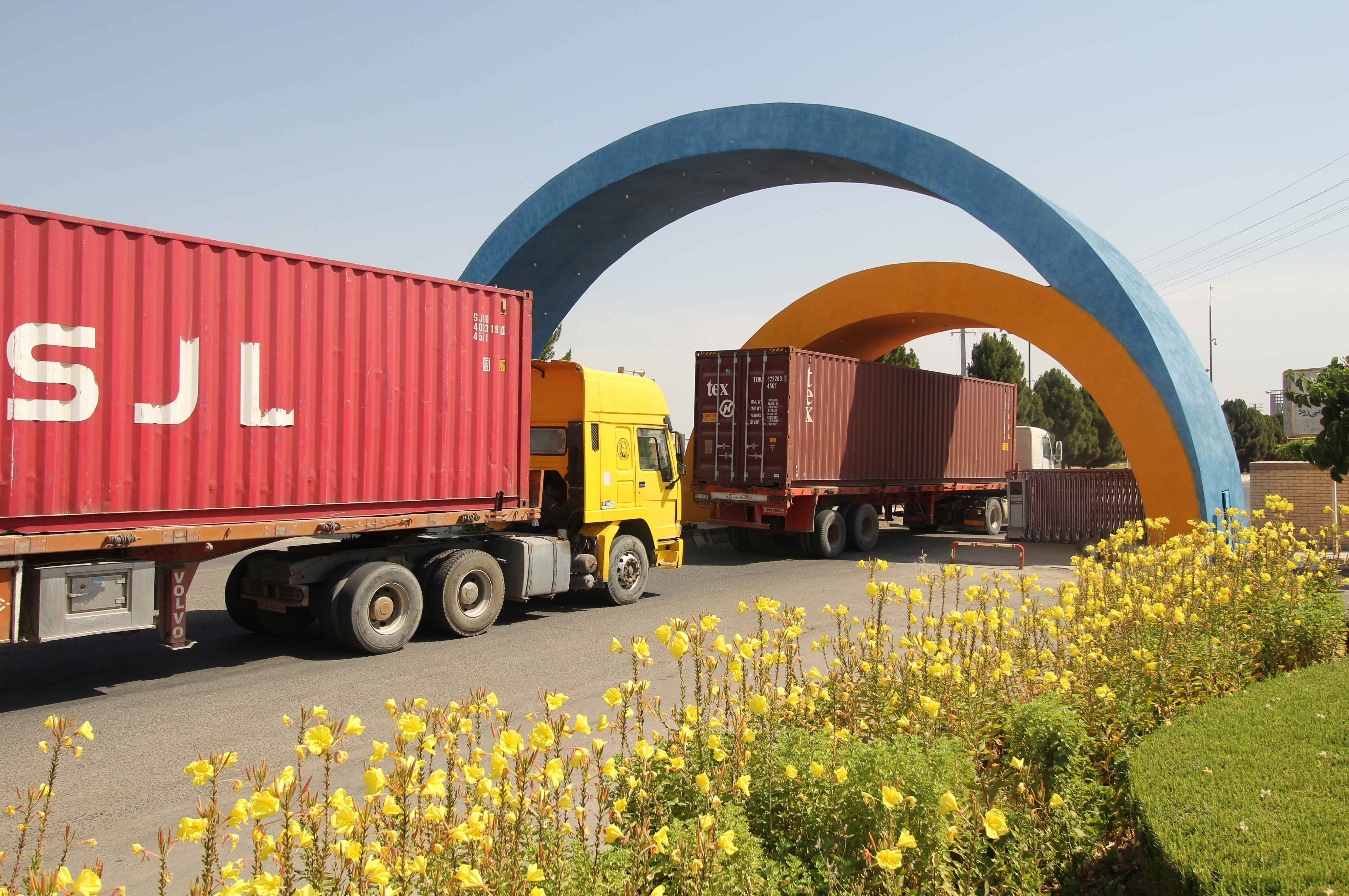
 Introducing the special economic zone
Introducing the special economic zone
Sirjan Special Economic Zone is the first protected special zone of Iran, which was formalized in the framework of Note 20 of the Law of the First Plan and Clause "D" of Note 25 of the Law of the Second Plan of Economic, Social and Cultural Development of the Islamic Republic of Iran and was established and opened in September 1372 The Iranian customs department has started its activities in the region in the form of construction and operation of warehouses, warehouses, transit of goods, industrial-production units and assembly and classification along with support and welfare and accommodation.
Details Features of being in Sirjan city
Features of being in Sirjan city
The climate of Sirjan is semi-desert and desert. Its average humidity is 36% and the average annual rainfall is 160 mm. This city has relatively hot summers with usually cool summer nights and cold wi
Sirjan city is the hub of goods transit from the south, north, northeast, northwest and east of the country. This city is the main corridor between Bandar Abbas to Tehran and Zahedan and Kerman to Shi
Sirjan became world-famous for his Shirki Pich rug, which is a relic of the ancient art of this land. This mat was registered in the world in the first half of 1995 after the visit of representatives
Sirjan city has three Azad, Industrial and Payam Noor universities, as well as the Faculty of Medical Sciences. Due to the importance of this city, 6 technical schools are also engaged in the training
 Active units of the special economic zone
Active units of the special economic zone
Active units of the special economic zone
Active units of the special economic zone




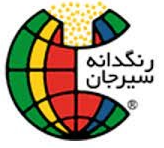
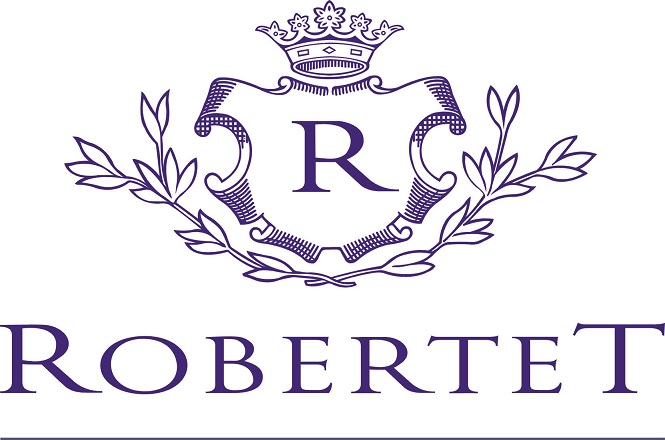



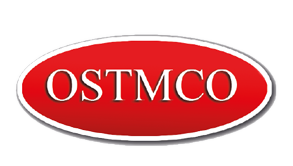

 Sirjan Special Economic Zone
Sirjan Special Economic Zone

 Sirjan economic zone services
Sirjan economic zone services
 News, announcements and articles
News, announcements and articles

Given the central role of the Sirjan Special Economic Zone in the development of regional logistics, transportation, and trade, a memorandum of understanding on cooperation between the Sirjan Special Economic Zone and the Lotus Special Economic Zone was signed on December 10, 2025, with the aim of developing trade and economic relations between Iran and Russia

A ceremony was held to celebrate the birth of Hazrat Fatima (peace be upon her) and International Women's Day, attended by the management and staff of the Sirjan Special Economic Zone. The women working in the zone were honored with gifts.
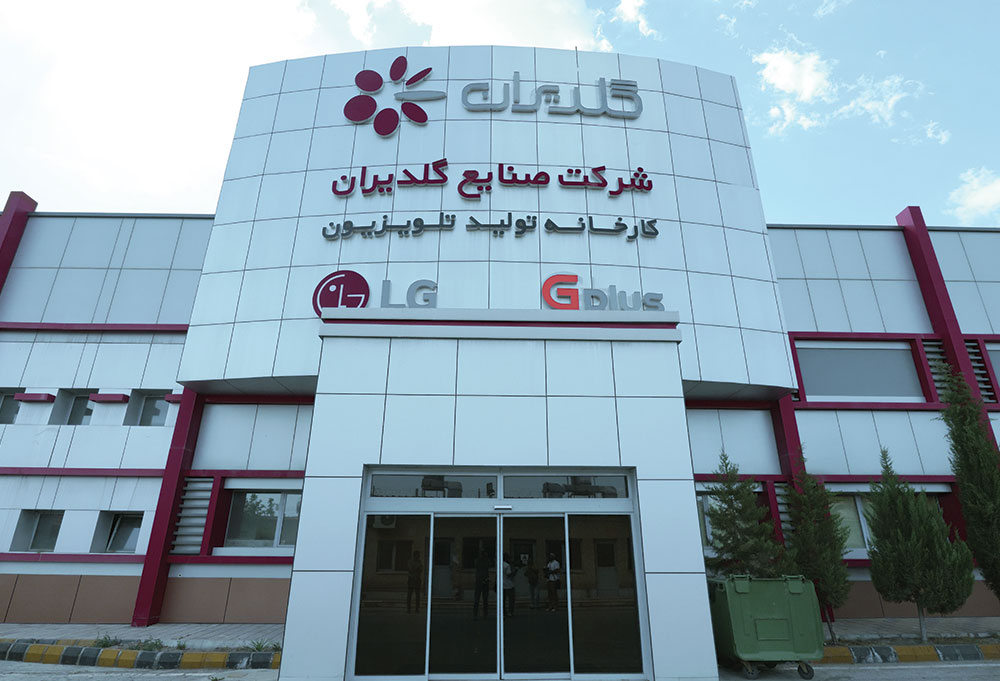
The promotional video for the Goldiran factory, located in the Sirjan Special Economic Zone, has been published on the region's official Instagram page.